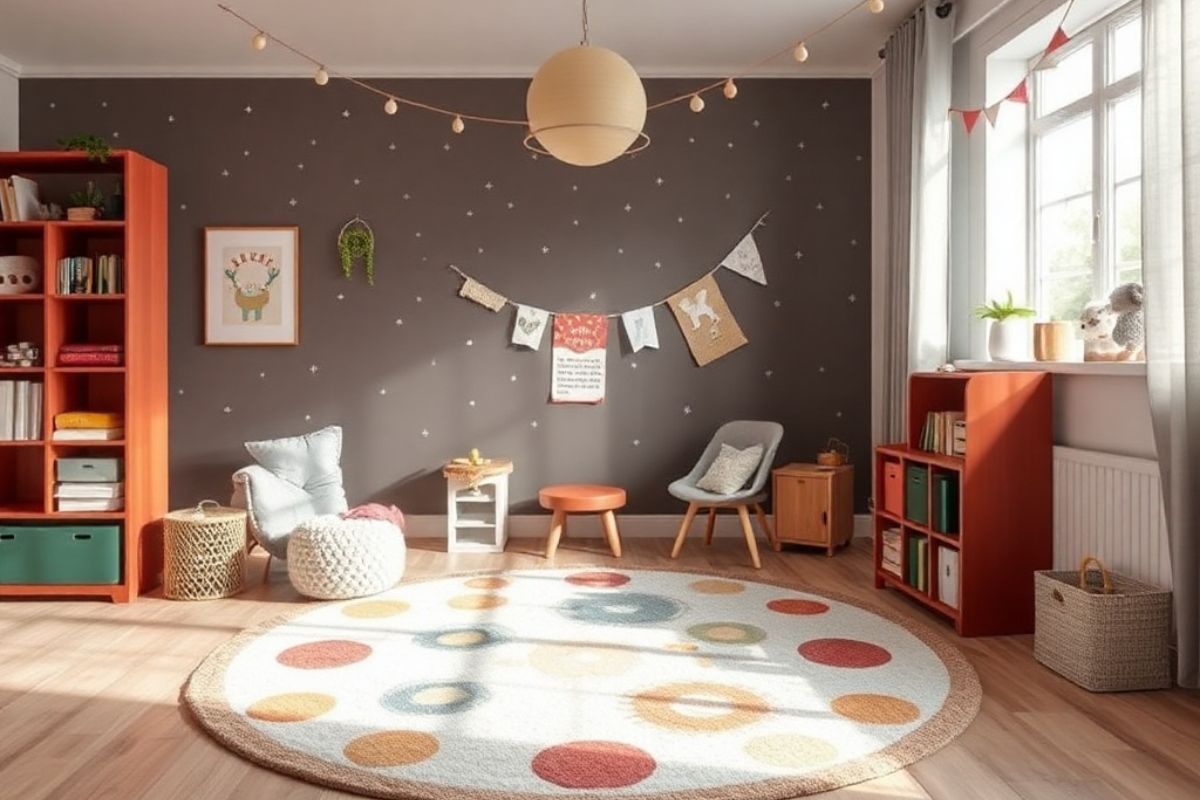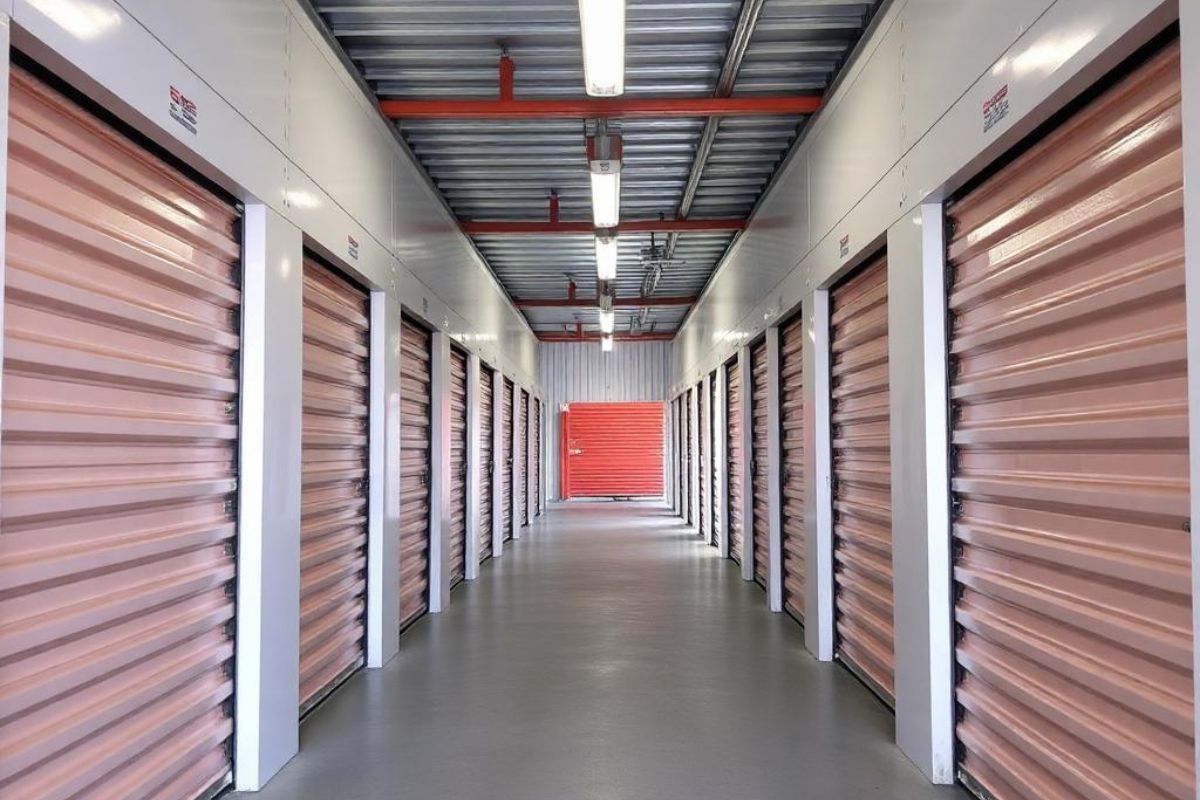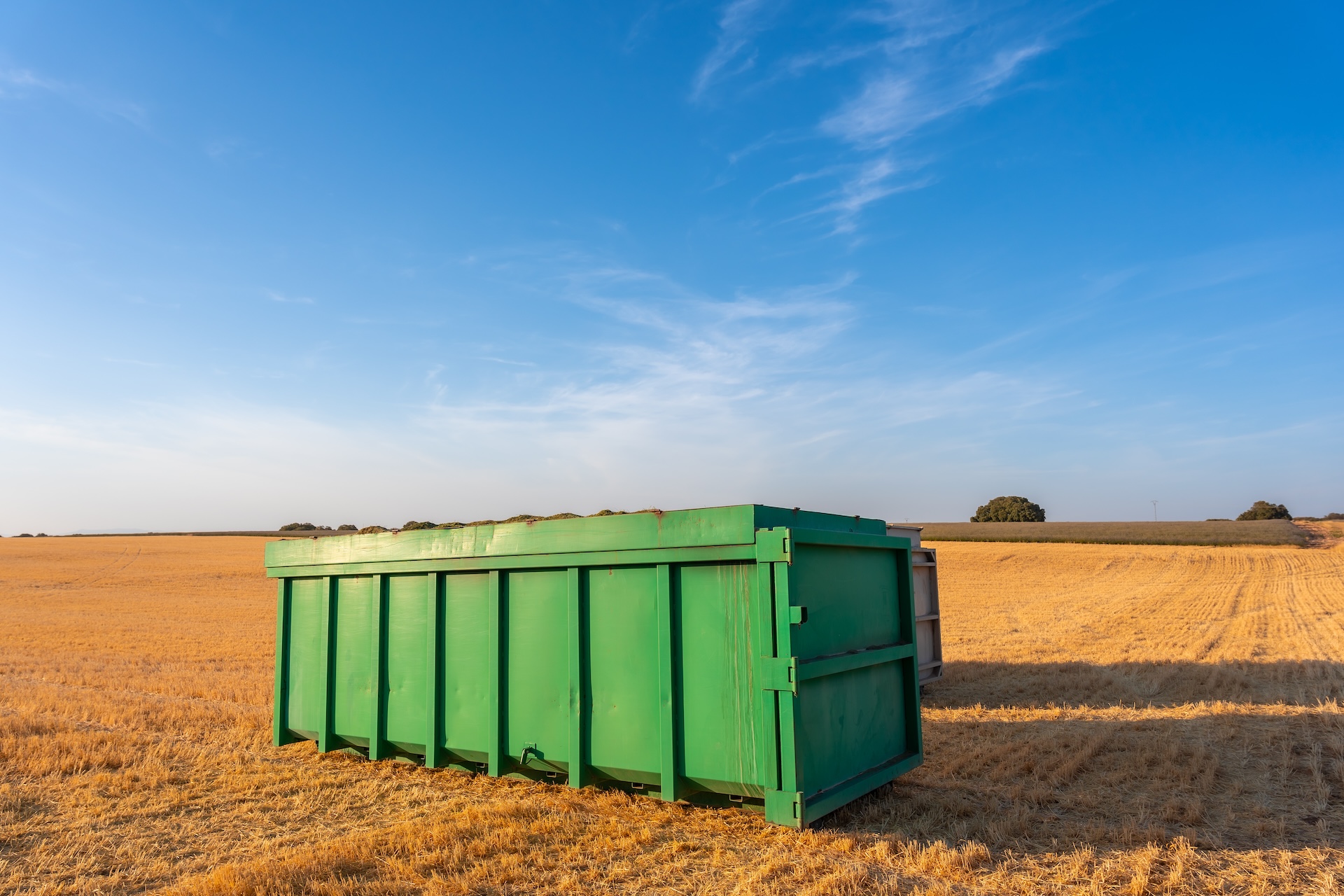3 Unexpected Challenges When Downsizing to a Tiny Home

Tiny homes promise freedom, simplicity, and a lighter lifestyle - but getting there isn’t always smooth. Beyond the obvious need to downsize, there are a few challenges that tend to sneak up on people once the process is already underway.
Whether you’re planning a full build or converting an existing space, here are three things that can catch you off guard - and what to keep in mind before you commit.
Dealing with Limited Storage Space
Tiny homes come with plenty of charm, but storage isn't one of them. The moment you move in, it becomes clear how little room you really have. That doesn’t mean you need to give up the things you love - just that you need to be more thoughtful about what stays, where it goes, and how it fits into daily life.
Some choices are simple. Others take a bit of creativity. But with a few smart shifts, it’s possible to make the most of the space you have.
Keep What You Actually Use
Every item takes up space, so you have to be honest with yourself. If it hasn’t been touched in months, there’s probably a reason. Focus on what you use weekly or daily, if possible. That blender you drag out once a year? Let it go. A tiny space works best when everything earns its place.
Go Up, Not Out
When there’s no room to spread out, go vertical. Shelves, wall hooks, and even hanging baskets can free up cabinets and floor space. In the kitchen, a magnetic strip for knives or spice jars can clear a whole drawer. In the bathroom, towel hooks beat bulky racks every time.
Make Furniture Pull Double Duty
Look for pieces that don’t just sit there. A bench should lift to reveal storage inside. A bed frame with drawers can replace an entire dresser. Even a coffee table can hide things underneath. If it takes up floor space, it should be useful in more than one way.
Rotate with the Seasons
Not everything needs to live in your space year-round. Off-season clothes, bulky bedding, and gear you only use occasionally can be packed away. Vacuum bags, under-bed bins, or a small shed outside can help keep the main area clear.
Stay One Step Ahead of Clutter
Baskets and bins can help, but too many turn into clutter in disguise. Keep surfaces open when you can. Matching containers that stack neatly or tuck out of sight are a better choice than squeezing more stuff onto already-full shelves.
Make Room Where You Can
Tiny homes reward creative thinking. That awkward gap under the stairs? It could be drawers. A window seat can hide storage under the cushion. Even the space under your kitchen cabinets might fit a slim drawer for flat items.
Converting Existing Structures
Turning an old garage, shed, or outbuilding into a tiny home can save a lot of money, but it’s rarely as simple as it looks. These structures weren’t built for living in, so getting them up to standard takes planning, time, and usually a bit of unexpected work.
Here’s what to keep in mind if you're going this route.
Start with the Structure Itself
Before you bring in a single piece of furniture, check the basics: foundation, walls, and roof. Many outbuildings weren’t designed to support insulation, plumbing, or regular electricity use. You might need to reinforce framing, fix leaks, or install moisture barriers.

Windows, Light, and Ventilation
Sheds and garages often have little to no natural light or airflow. You’ll likely need to add windows or skylights - and possibly a fan or vent system to prevent the space from feeling stuffy or damp. Think about where sunlight comes in during the day and plan your layout around it.
Don’t Overlook the Entry Point
One area that often gets skipped during planning is the entry. In garage conversions especially, the original door is rarely suitable for full-time living. If you’re living in Florida and planning to keep the structure, garage door repair in Tampa may be needed to improve sealing or security. Or you might want to replace it entirely with a proper wall and entrance. Either way, that front opening needs attention.

Insulate Everything
Most existing sheds or garages have zero insulation, and the gaps can be serious. Before you build walls or install anything, insulate the floors, ceiling, and walls properly. This one step can make the difference between a comfortable home and a space that’s unbearable half the year.
Bring It Up to Code
If you plan to live in the space long-term, check local building codes. You may need permits for plumbing, electrical, or structural changes. It’s not the fun part of the project, but ignoring it can cost more later.
Hidden Costs That Catch People Off Guard
Downsizing sounds like it should save money - and in many ways, it does. But there are a few costs that tend to slip under the radar until they’re already adding up. Whether you’re building from scratch or converting an existing space, it’s worth knowing what might come up so you can plan ahead.
Site Prep and Utilities
It’s easy to focus on the structure and forget the land it sits on. Clearing the ground, leveling it, adding gravel, or preparing foundations all cost money. Then there’s water, power, and waste systems - especially tricky if you're off-grid or in a rural spot.
Permits, Fees, and Inspections
Most areas require permits for tiny homes, and those don’t always come cheap. In some cases, you’ll need multiple inspections before you can move in. It varies by location, but the paperwork side of things tends to be more expensive and time-consuming than expected.
Custom Fixes for Small Spaces
Standard appliances and materials don’t always fit in a tiny home. You might end up paying more for smaller (and sometimes higher-end) versions of basic things like stoves, fridges, or composting toilets. Even cabinetry can cost more if it’s built to size. And if your conversion involves modifying an existing garage, you might need to budget for repairs too. If that’s your case, Garage Door On can help assess the condition of the door and what it’ll take to get it working properly.

Delivery and Transport
If your tiny home is built off-site, getting it to your land can be a major cost. You’ll likely need a flatbed or crane, plus permits for wide loads. And if the access road is too narrow or steep, you may have to pay to improve that too.
Storage You Didn’t Think You’d Need
Even the most organized setups have overflow. Renting a storage unit or shed for tools, seasonal items, or things you’re not ready to let go of can become an ongoing monthly cost - not huge, but worth factoring in.
Living Small Comes with Big Decisions
Downsizing to a tiny home can be a rewarding shift - but it’s not always as simple as it looks. From unexpected costs to space limitations and structural surprises, the process brings its own set of challenges. Knowing what to expect (and planning for a few things you didn’t) can help you create a space that truly works for you - without the stress that catches so many off guard.









